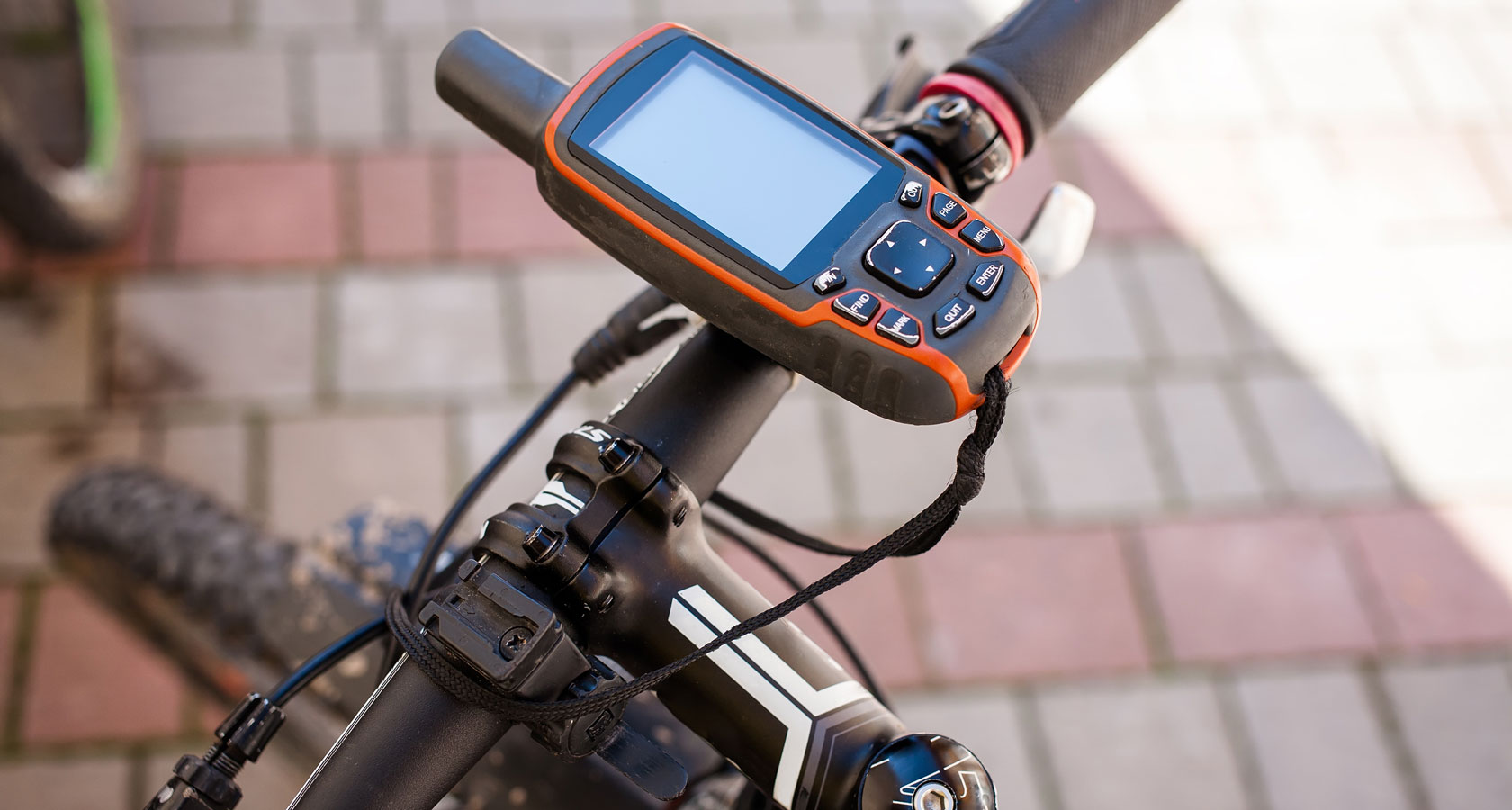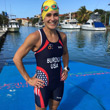Bike-Specific Gear
Admittedly, the cycling portion of triathlon may be the toughest of the three disciplines in terms of gear. There is a lot to consider and care for when dealing with riding a bike, not to mention having the ability to cycle indoors when the weather doesn't cooperate. We are here to help you understand what essentials are needed for you to train and race triathlon as well as some optional gear to enhance the basics.
Essential Gear
Bike: Right away, we have options! You can choose from either a road bike or triathlon bike to start your adventures. Whichever you already own is the one to start with. Here are the differences:
- Road Bike: the geometry of the road bike frame differs from that of a triathlon bike in seat tube angle. Also, a road bike will most likely not be equipped with aerobars. Road bikes are primarily made for cyclists who are getting out of the saddle and resting, not running.
- Triathlon Bike: These bikes are specific to triathlon in that the rider is more aerodynamic in the saddle and therefore better able to save power and efficiency in their quadriceps for the run portion of triathlon training and racing.
Helmet: They range in fit, style and price, but be sure to get one that has MIPS or a multi-directional impact protection system so you know it will do its job if it has to.
Repair Kit: It’s a smart idea to have a saddle bag that fits under your seat with an extra tube, pump and tire lever in case of a flat.
Optional Gear
Bike Shorts: The extra padding where you need it and tight fit of a bike short are essential to a comfortable ride.
Bike Shirt: A cycling shirt will not only minimize wind resistance but will have pockets for fuel, keys and your phone.
Bike Shoes: Comfort and fit to your clips or pedals is essential in purchasing bike shoes. A visit to your local bike shop with your bike in tow is the best way to ensure the correct fit.
Sunglasses: Not only do they cut down on glare from the sun, but sunglasses will save your eyes from flying debris out on the roads. You can wear any pair you have, as long as they fit with your helmet, or you can purchase a cycling-specific pair.
Indoor Trainer: No matter where you live, a bike trainer is great to have for when weather or time make it impossible to ride outdoors. There are a wide range of trainers available depending on what your specific needs and requirements are.
Cycling Computer/GPS: From basic data of speed and distance to computing altitude and GPS, a computer will come in handy to analyze stats so you can measure your improvement or lack thereof.
Power Meter: A device on a bicycle that measures the power output of the rider, most use strain gauges to measure torque applied, and when combined with angular velocity, calculate power. They accurately measure your output so you can calculate your effort over the duration of your ride, which allows you to identify your strengths and weaknesses over varying terrain so you can create better workouts based on actual data.


